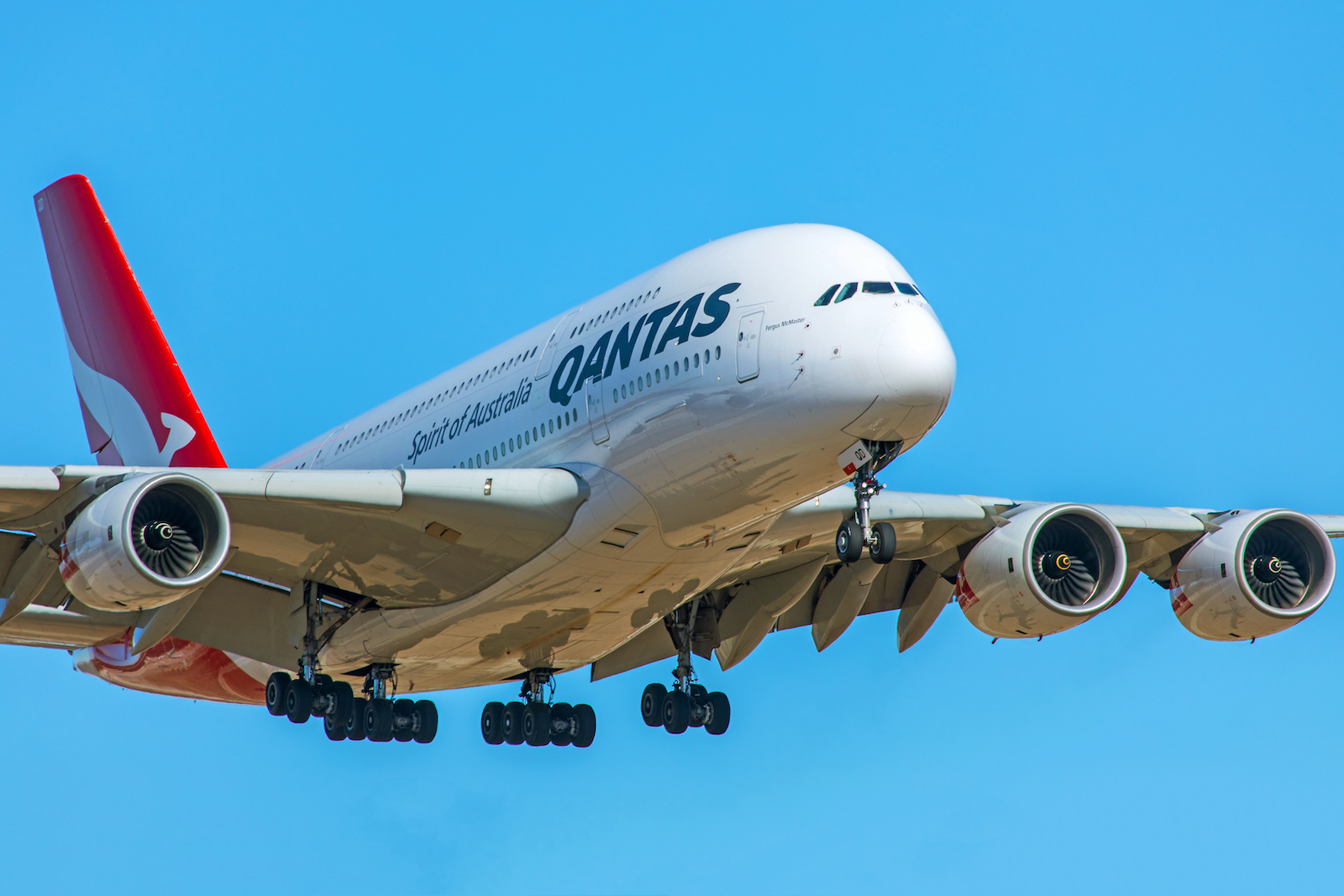Section 1 - Qantas Cybersecurity Breach in Context: Bad Luck or Budget Failures?

Photo: William Derrickson / Airline Geeks
A Crisis of Trust in the Sky
One of the world's most trusted airline brands has just lost control of its most important asset its customer data.
In July 2025, Qantas confirmed that a cyberattack had compromised the personal information of up to 6 million customers, including names, emails, phone numbers, and frequent flyer details. The breach didn't involve financial or passport data but that's little comfort to affected customers, or to a national carrier that built its name on safety and reliability.
The entry point? Not a high-tech hack. Just a social engineering call to an offshore contact center employee.
This wasn't just a data breach it was a trust breach. And it raised a larger question: Was this just bad luck or did Qantas let its guard down while the rest of the airline industry modernized its defenses?
Airlines Are Under Siege
Qantas isn't alone. The last 10 years have seen a global surge in airline cyberattacks. Threat actors now specifically target aviation due to its rich databases, outdated infrastructure, and often poorly secured third-party vendors.
Major Airline Breaches Since 2015
| Airline | Year | Details |
|---|---|---|
| British Airways | 2018 | 420,000 customers' payment data skimmed via website malware |
| Cathay Pacific | 2018 | 9.4M passenger records exposed, including passport and card data |
| EasyJet | 2020 | 9M passengers breached, 2,000+ lost credit card info |
| Air India/SITA | 2021 | 4.5M records stolen via IT vendor breach |
| WestJet | 2025 | Website/app systems disrupted by cyberattack |
| Hawaiian Airlines | 2025 | Systems outage after targeted cyber incident |
| Qantas Airways | 2025 | 6M records accessed via third-party contact center breach |
A pattern emerges: third-party providers and weak employee access controls are consistently exploited. Airlines are high-value targets and the attackers know where to hit.
What the Best Airlines Are Doing
Globally, top-tier airlines are not waiting to be breached. They're moving proactively, treating cybersecurity as operational infrastructure.
Cybersecurity Investment Benchmarking
| Airline | Strategy Highlights | Budget (Est.) |
|---|---|---|
| Delta Air Lines | Zero-trust architecture, legacy-to-cloud modernization via Red Hat + IBM | ~12–15% of IT spend |
| United Airlines | Industry-first bug bounty program (2015), continuous vulnerability scanning | ~10–12% of IT spend |
| Lufthansa Group | Dedicated Cyber Division, cyber insurance, third-party auditing framework | ~10% of IT spend |
| Emirates | High-end IAM systems, active in Aviation-ISAC, cyber-drills w/ regulators | ~11% of IT spend |
| Qantas Airways | No published cyber spend breakdown; inferred below peers pre-2025 incident | Likely ~6–8% (est.) |
Compared to industry leaders, Qantas was behind in both cyber program maturity and budget allocation.
Where Qantas Went Wrong
While the breach was linked to a sophisticated attack group (Scattered Spider), the ease of entry highlights internal oversights:
- Overreliance on third-party vendors with weak security posture
- Legacy systems prone to errors and glitches (noted in recent public IT issues)
- No visible, consistent investment pattern in cybersecurity until recently
- Outdated customer PIN-based security systems that lag peer standards
- Public perception of tech underinvestment after years of cost-cutting
The breach wasn't purely bad luck Qantas left its flank exposed, and attackers exploited the weakest point: an outsourced human.
The Wake-Up Call
This is more than an isolated failure it's a cultural and operational issue. Qantas, long known for in-air safety, must now become known for digital safety. And that doesn't mean panic. It means professional, strategic execution. Cybersecurity is now mission-critical aviation infrastructure and must be treated that way.
Final Word From FL942 to the Boardroom
Qantas isn't alone in being targeted. But it is now under scrutiny for how it responds. FL942 Consulting believes this is a moment for leadership, not defensiveness and our recommendations in Section 2 outline exactly how Qantas can emerge from this crisis stronger, more secure, and more trusted than ever before.
From funding reallocation and third-party reforms, to stakeholder-driven execution and public trust initiatives, FL942's 12-month cyber resilience roadmap will reposition Qantas as a digital safety leader. The breach already happened. The next one doesn't have to.